A movie “The Girl We Chased Together in Those Years” is very popular! As a truck enthusiast, after watching this movie and thinking about it, those years, those people, and those things have become blurred. It seems that the girl has never been stalked and chased, and the truck has never been let go. I believe that there are many people who are as obsessed as I am. They also chased after trucks when they were children. Although they don’t know what brand it is, they are still silly and happy. Sitting in the cab at that time, I always liked to flip various switches. I never understood why adults are so strong, the steering wheel is really heavy, and there are always a lot of questions that I can never find the answer to.
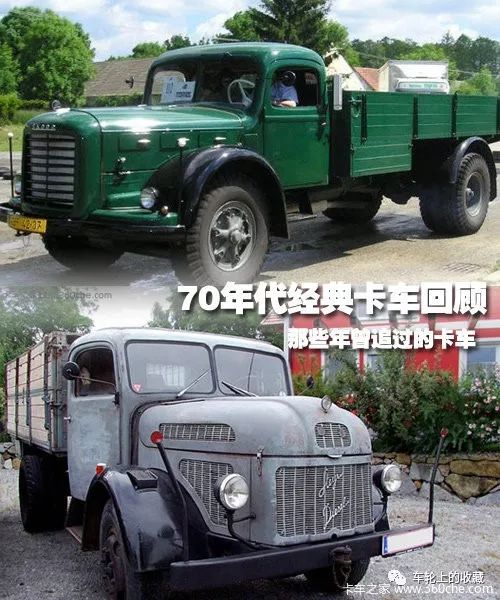
In that era of material scarcity, cameras were still precious items that ordinary people dare not ask for extravagantly. The trucks in the past can only find clues in materials and textbooks, and a lot of precious information has also disappeared with time. The advent of the Internet age has narrowed the distance between card lovers, giving us friends from all over the country the opportunity to find a place to rest and communicate.
We are used to all kinds of tall trucks now, let us recall the flag truck veterans from the 1970s to the 1980s.
1. Domestic articles

Dongfeng BM021
The one in the picture should be an early model of Beijing Motorcycle Factory, with a standard round lamp design, canvas doors and windows on the side doors, which can be disassembled in summer, and ventilation windows on the front. The shape refers to the Italian PIAGGIO (PIAGGIO) -ape. Translated as gorilla. The engine adopts the two-stroke 12-horsepower engine of the Xingfu 250 motorcycle of the same period. At that time, it was indispensable in alleys and alleys. At bus stations in major cities, it also becomes a local taxi with a rated load of 500 kg.
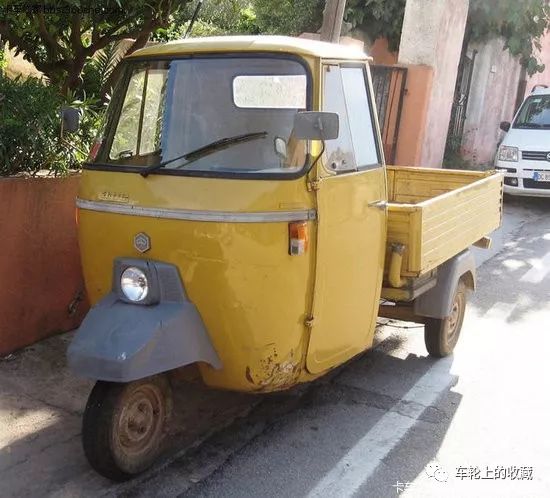
At the same time, Italy Piaggio-gorilla (PIAGGIO-ape)

Shanghai 58-1 tricycle
Shanghai 58-1 three-wheeled vehicle, commonly known as “Shanghai Little Yellow Fish”, the model number refers to the first round of modified products in 1958. This vehicle has made great contributions to urban traffic in the 1960s and 1970s. It has a simple structure and good passability. It was launched in 1982 Production was discontinued at the beginning of the year, and there is not much data about this car. The appearance refers to the Japanese Daihatsu (DAIHATSU CM) products of the same period, with a rated load of 1000 kg.

1955 Daihatsu DAIHATSU CM

Beijing BJ130
Beijing 130 is believed to be familiar to many people. It was finalized in 1966 and then mass-produced, which solved the domestic shortage of heavy and light. The appearance refers to the same period of Toyota Dyna (TOYOTA DYNA). The engine prototype was a 75-horsepower engine of the Soviet GAZ 21 passenger car, which was common to the Beijing 212 Jeep at that time, with a rated load of 2,000 kg.

1966 TOYOTA DYNA

Shanghai SH130
Shanghai SH130, the engine uses an alternative timing chain at that time, which is unconventional, with a rated load of 2000 kg. At that time, Shanghai SH130 belonged to the light vehicle series of Shanghai Automobile Works, and it had a certain amount in the south. It was discontinued after 1980. It is a pity that all official museums in China do not have the real car of this car.

Leap forward NJ130

Leap forward NJ130
Yuejin NJ130, the prototype of the former Soviet Union GAZ 51, in the big family of the Bolsheviks at that time, Poland, China, and North Korea also had twin brothers of this model. The engine is an inline six-cylinder with 88 horsepower (after the speed limit is released), the transmission has a reverse gear lock pin, and the clutch pressure plate is designed with a hammer mechanism, which uses the rotating centrifugal force to increase the compression strength. The most impressive thing is that the two windshields have independent electric wipers. Although the instrument layout is similar to that of Jiefang CA10, the turn indicators are long and beautiful. The rated load capacity is 3000 kg.
There are military variants of this car, and there are a large number of imitation models in various places at the same time, such as Wuhan 130, Jinggangshan 27, etc., the output is not large.
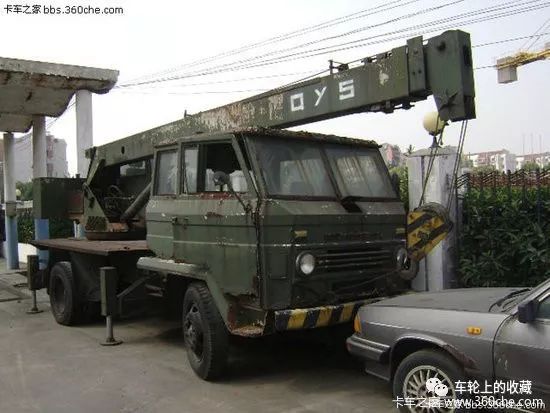
Shanghai SH141
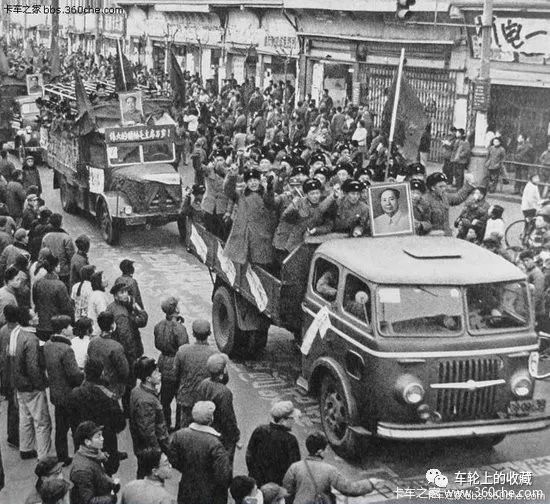
Shanghai SH141
Shanghai SH141 is a relatively common product. It adopts a hydraulic brake system and has a rated load capacity of 4,000 kg. In the early days, Shanghai Automobile Factory also developed a long-headed model. The SH142 flat-headed model was very rare at that time.
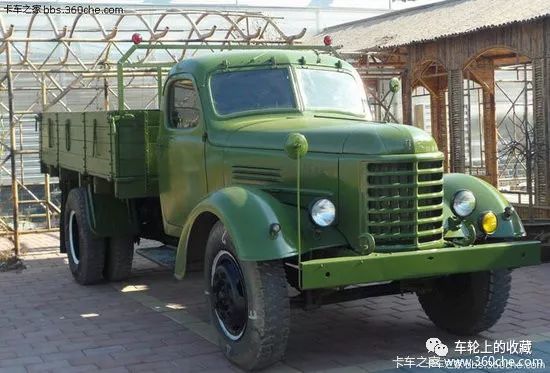
Liberation CA10B
The old Jiefang CA10B, the prototype is the former Soviet Union GIS 150, with a rated load of 4500 kg. After several generations of changes in appearance details, the early small lights were smaller in size, the passenger glass was completely sealed, and the number of fan blades was changed from four to six.
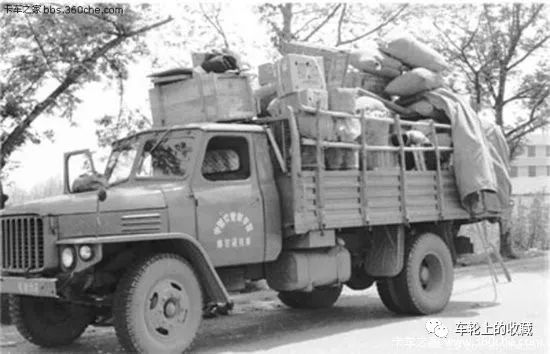
Dongfeng EQ140
Dongfeng EQ140, with a rated load capacity of 5,000 kg, is a civilian version of the early old military cap version, and there is only one in the Wuhan headquarters of Dongfeng Motor Corporation. In the 1970s, it was rare.
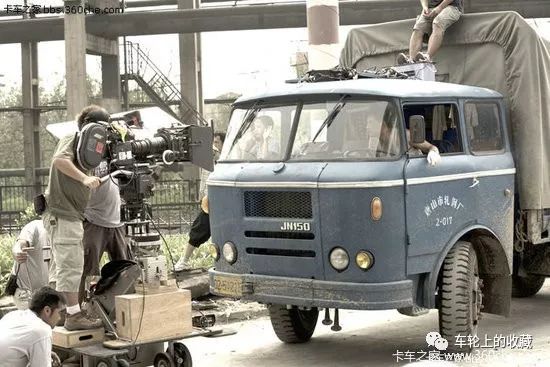
Yellow River JN150
The prototype of Huanghe JN150 is Skoda 706 (Skoda 706) produced in Czech Republic. The early manual indicated that the engine has exhaust brake, but it has never been seen in the actual car. The mechanical steering gear cannot be controlled without ordinary strength. The braking method of the handbrake is very distinctive, similar to the hinge structure. Intuitive instrument, very unique shape, very few electrical equipment, rated load capacity of 8000 kg.
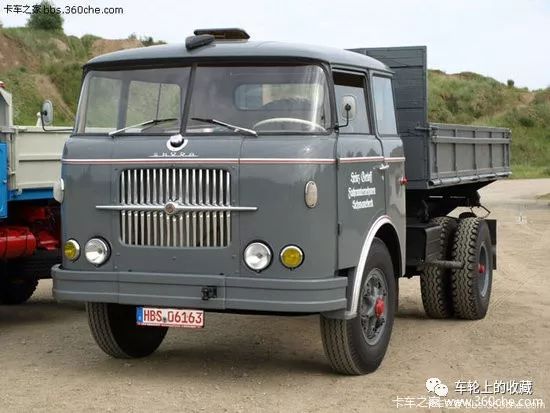
Original Czech Skoda 706 (Skoda 706)
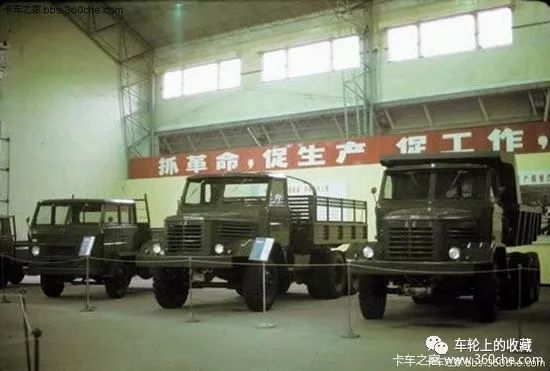
Traffic sign SH361
Traffic SH361, in the 1970s, was one of the few heavy trucks with low production volume. The early round light version is even rarer, with a rated load of 15,000 kg. The information on this car is incomplete, and some card friends who know it will continue to add.
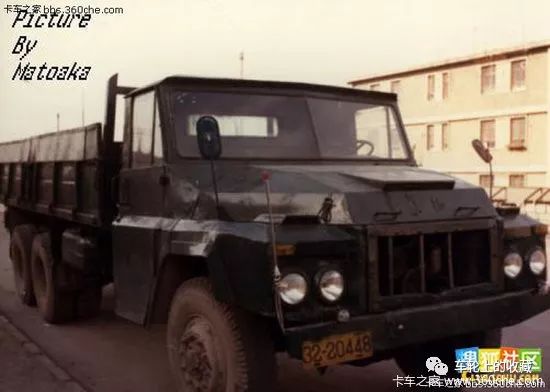
Long March Heavy Vehicle
At the end of the 1960s, Hebei D250 and XD160 were two heavy-duty trucks. At present, there is very little information available. This truck is equipped with a 12-cylinder air-cooled engine and has a typical Tatra chassis structure. At that time, it undertook the transportation and towing tasks of heavy equipment.
2. Eastern Europe
Due to historical reasons, the world’s two superpowers pushed the world into the Cold War period. In those years, Western production technology advanced by leaps and bounds, and at the same time, they imposed a complete blockade on socialist countries. This is also a matter of course, and the alien races that can be seen in the country are basically some imported trucks from Eastern Europe. These fraternal countries from the Bolsheviks have basically the same level of industrial base.
In that special era, most of the maintenance of vehicles lacked accessories, and often needed to be modified and replaced to solve them. Therefore, the quality of Eastern European trucks once became the laughing stock of Chinese people. History needs to be looked at rationally. The national conditions of each country’s development are different, and each car represents the characteristics and habits of a country. When the fragment of that moment is revealed, it will be the years of passionate burning.
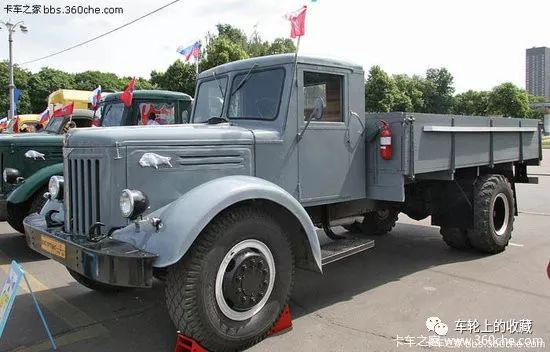
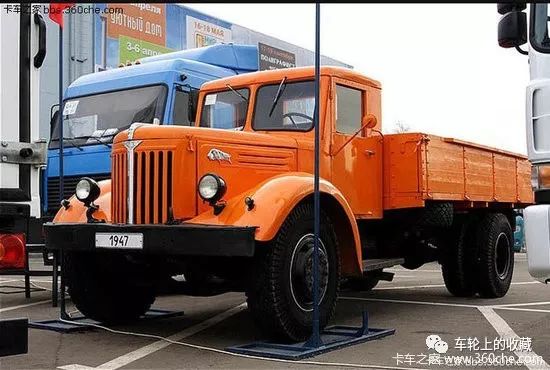
Former Soviet Union: MAZ (Masi)-200
In 1951, the Minsk Automobile Factory of the former Soviet Union began mass production of MAZ-200 trucks, which adopted a 120-horsepower four-cylinder diesel engine and used a four-speed synchronizer transmission for the first time. Since 1962, it has been equipped with a 165-horsepower six-cylinder diesel engine. The bison logo on the engine cover is quite special, representing its high-horsepower characteristics, and the load capacity is 7,000 kg.
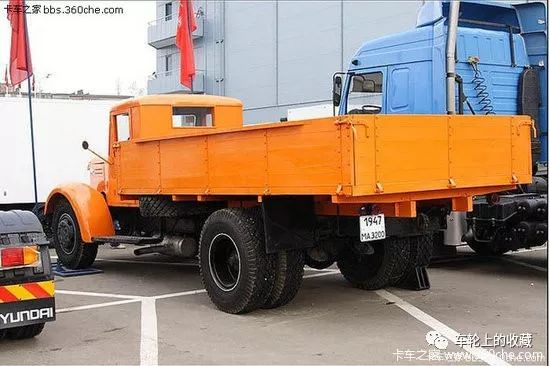
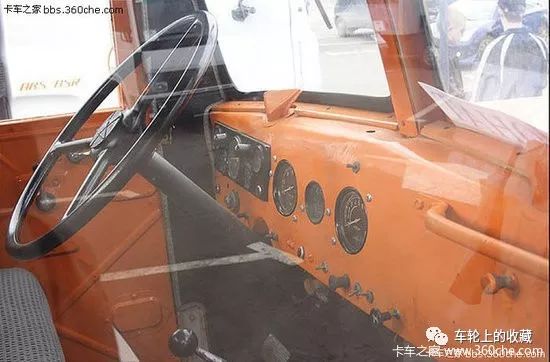
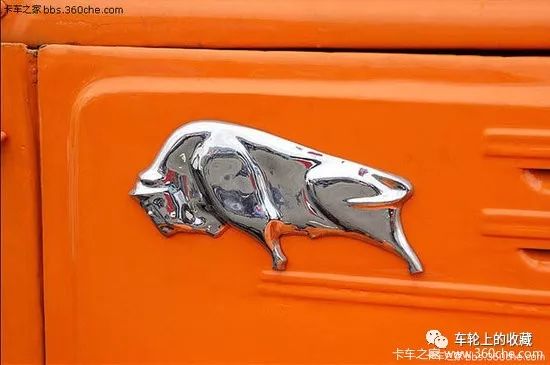
In the 1970s, MAZ-200 has always been a domestic standard heavy-duty truck. Its load capacity is much larger than that of Jiefang CA10. feature.
3. Romania
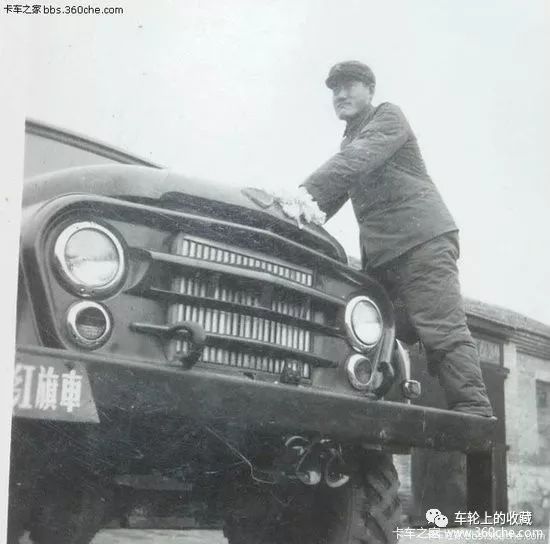
The appearance is not good, its origin is from a famous family, and the manufacturer is well-known to most people. It is located in the Roman (Roman) automobile factory in Brasov, Romania. In 1954, the Roman automobile factory received technical assistance from the former Soviet Union. Prototype, production SR101 model. In 1956, our country also obtained the full set of technology of GIS 150, which is the liberation of CA10B.
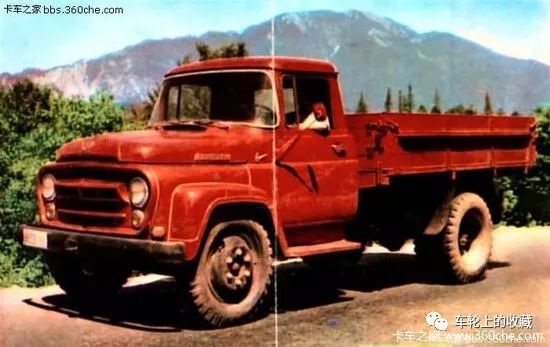
Carpathians SR-131
In 1958, Roman decided to produce a brand-new model. The Carpati SR-131 with a 140-horsepower V8 engine was born, with a load capacity of 3,000 kilograms. At that time, its research and development level far surpassed that of China. In 1964, the Bucegi (Buceqi) SR-113 model began to be produced, with a load capacity of 5,000 kg. Its all-wheel drive model SR-114 is widely equipped with combat troops in major military regions in my country.
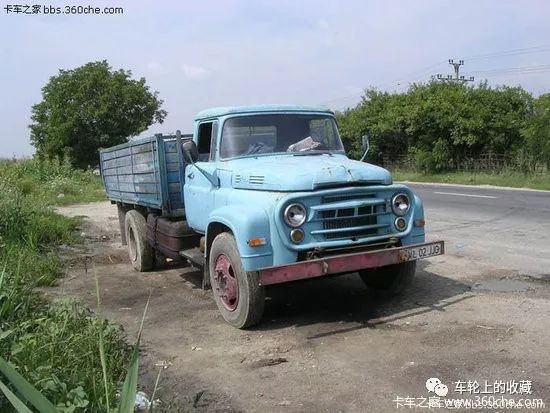
Bucegi SR113
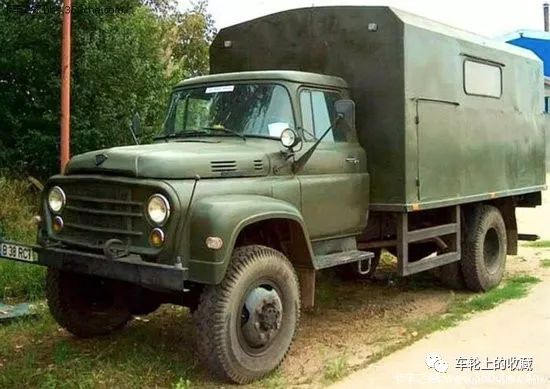
Bucegi SR114
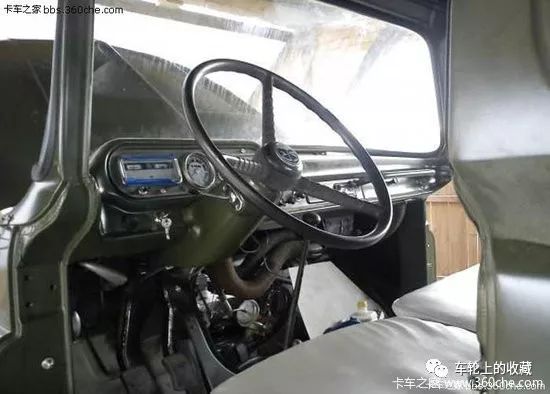
Bucegi SR114 interior
The name Carpati comes from the (Carpathian) mountains, and Bucegi (transliteration Bucech) is also the name of the mountain. Carpati and Bucegi are almost the same in appearance. In fact, the production years of these two cars are different, and the tonnage is also different. The difference is very easy to be confused in China.
4. Csepel, Hungary
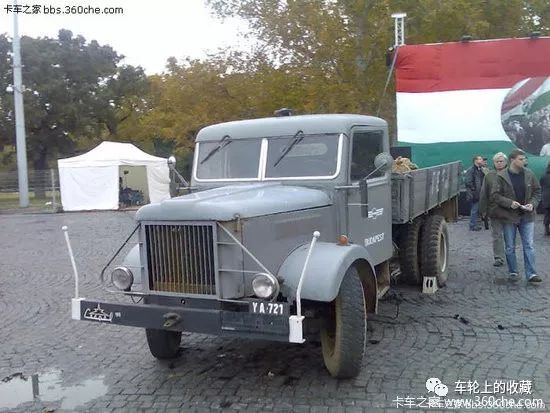
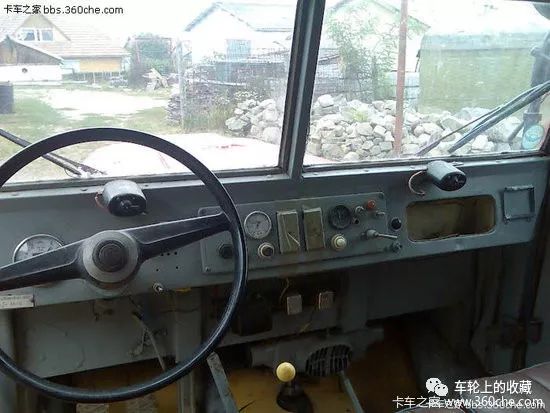
After World War II (1944-1948), Hungarian automobile and tractor manufacturing enterprises started the first three-year plan. In order to quickly establish a mature industrial base in a short period of time, the Ministry of National Defense required domestic enterprises to provide 1.3-3.5 tons of off-road vehicles, the final introduction of technology has become inevitable.

In 1950, the Hungarian Raba (Raba) truck and bus factory purchased the complete set of D380 truck technology from the Austrian STEYR (Steyr) company and began to produce the Csepel (Chabel) D350 truck. configuration.
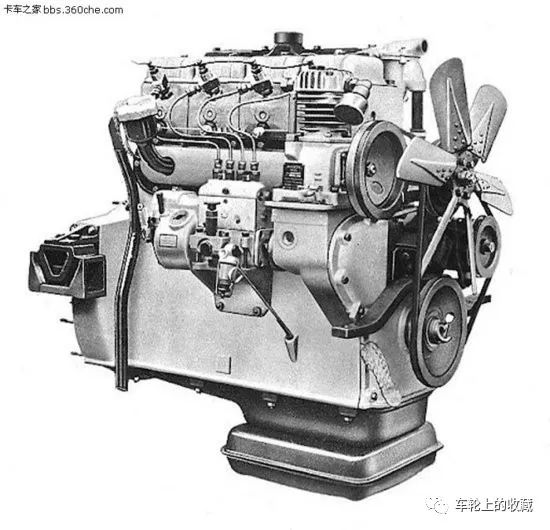
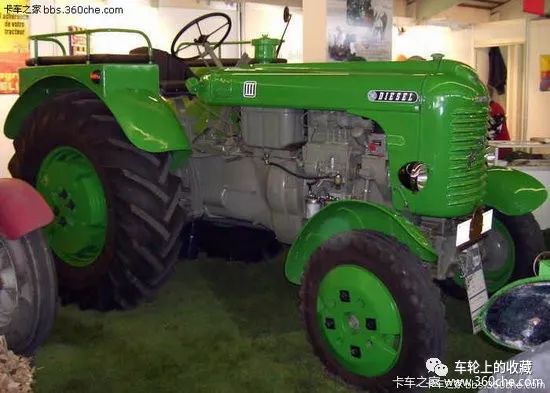
At the same time, the famous STEYR WD413 and WD613 engines were introduced, and the WD413 engine was also used in tractors. Csepel trucks have a legendary history in China. In 1954, the Hungarian delegation came to my country for a friendly visit and proposed a solution for vehicles driving in high-altitude areas.
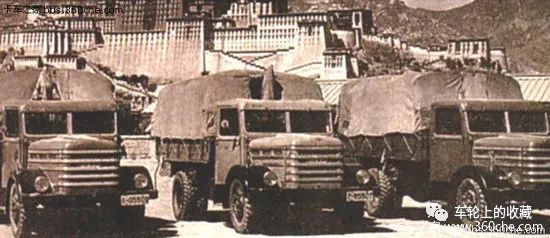
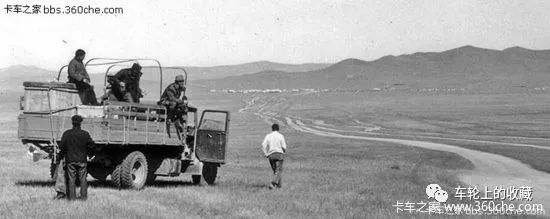
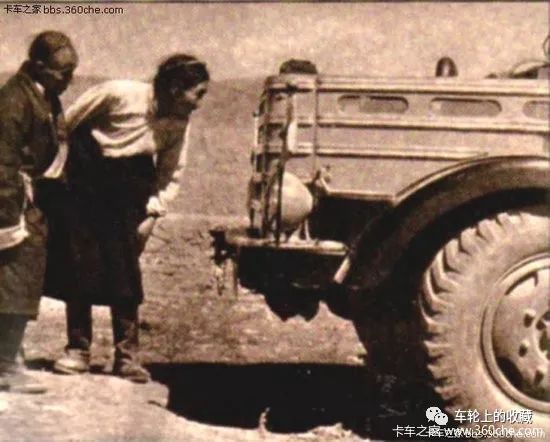
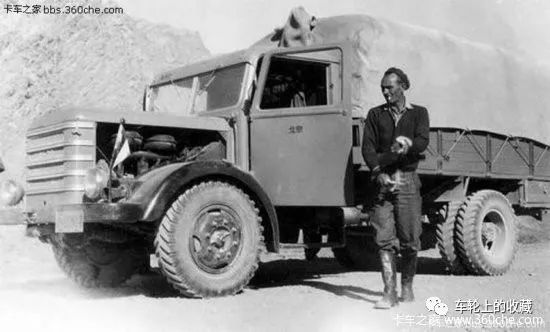
In 1956, the new model HD420 for high-altitude driving was successfully developed, and a series of tests were carried out in China. The designer of HD420 made a number of major innovations. The compressor is designed under the front bumper and placed horizontally to ensure cooling. This design also belongs to a relatively special type at the same time.
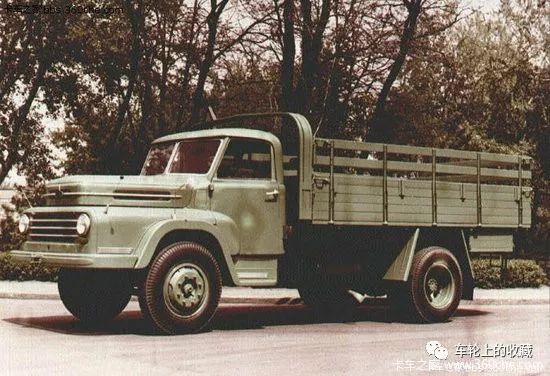
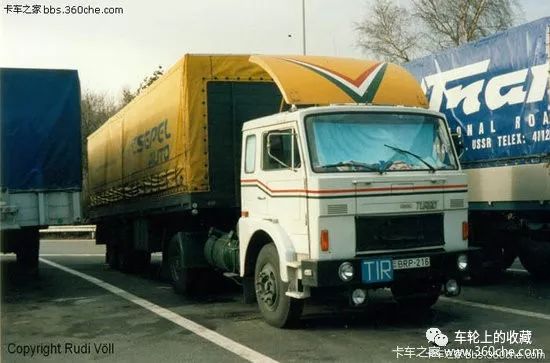
Csepel trucks were exported to many countries. In the late 1970s in my country, the most common models were D450 and flat head D750. I hope you can provide clues and photos of these two cars.
5. IFA of the Democratic Republic of Germany (IFA)
After the end of World War II, Germany was defeated and the country was divided into East and West. The Bolshevik camp, the former Democratic Germany (East Germany) state-owned joint venture car factory, used the Horch 3.5-ton medium truck of the original Audi joint (now Audi was reorganized from four car companies at the time) that was included in East Germany As a sample, a new generation of H3A trucks was produced from 1947 to 1949, equipped with a 4-cylinder 6-liter 80-horsepower diesel engine and a load capacity of 3,000 kg. After the war, the Horch factory was included in East Germany and became an important part of the state-owned legal joint venture. If you don’t know the history of East Germany, you can google it.
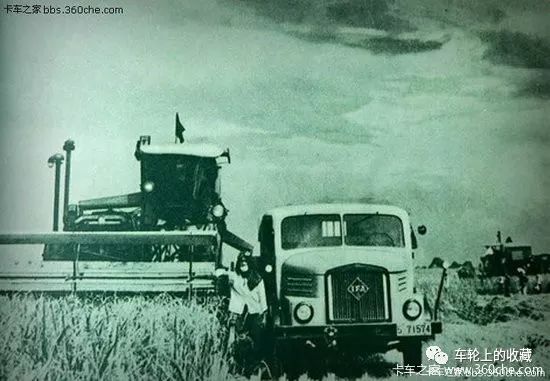
my country once imported a small amount of domestic H3A trucks, commonly known as “Zhongfa”, and there are very few pictures and technical materials in existence. In 1951, the GDR state-run Ifa Motor Works began to produce the H6 medium-duty truck, equipped with a 6-cylinder, 9-liter, 120-horsepower diesel engine, with a load capacity of 6,000 kg.
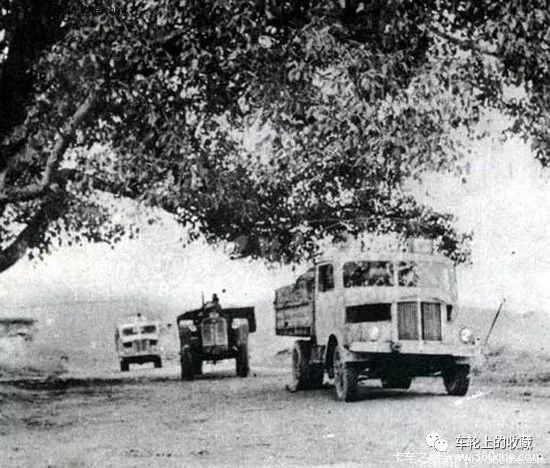
IFA H6
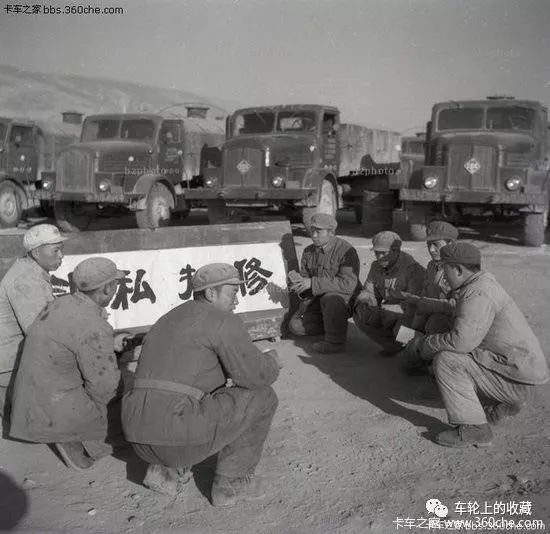
IFA H6
In 1955, my country’s automobile industry was still in the construction stage at that time, so the IFA H6 truck became the first batch of equipment for the Tibet Automobile Regiment in history. Since the H6 model was discontinued in 1965 and parts were no longer produced, domestic maintenance is basically self-reliant, so the condition of the car is not ideal.
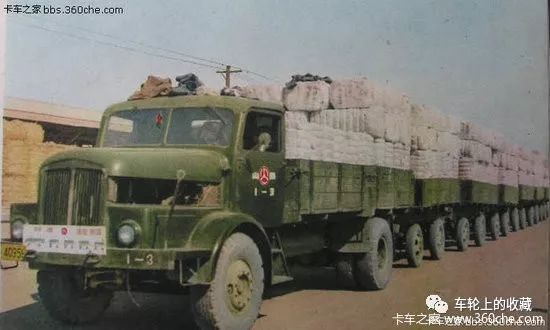
IFA H6
H6 is commonly known as “Dayifa”. Due to its long carriage and heavy load, it is required for large-tonnage transportation on the Qinghai-Tibet line. From 1955 to 1988, Dayifa served on the Qinghai-Tibet line for 33 years, with an average of 28 overhauls, a single vehicle driving 1 million kilometers, and an average vehicle transporting 3,200 tons of materials.
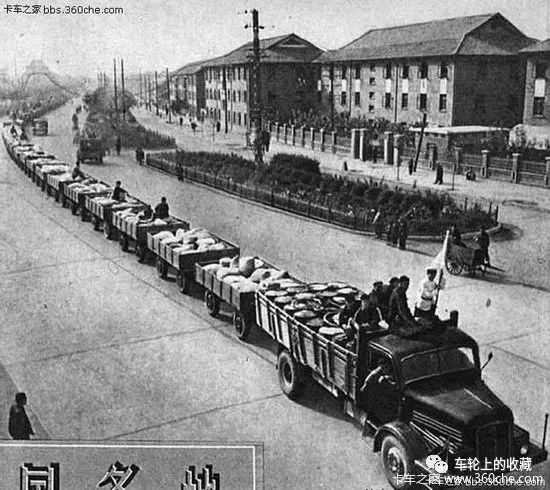
IFA H6
So far, there are still a large number of loyal fans of Yifa H6 at home and abroad. In fact, it is not only Australia that has road trains. In the 1950s, my country once tested the operation of “one vehicle with multiple trailers”, and its tractor was H6 according to the law.
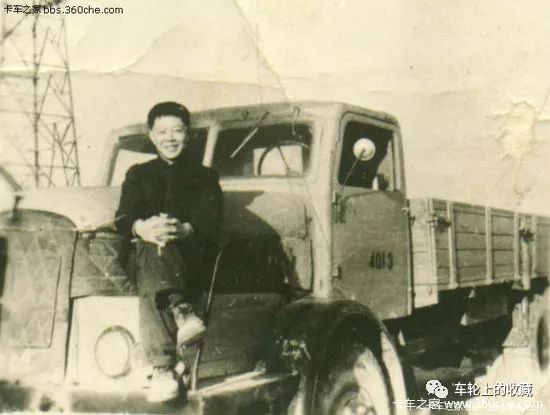
IFA H6
Older drivers in China have mixed opinions on the “big law”. The photo above was taken in 1975. There were also a lot of H6s in Shengli Oilfield at that time. In 1984, they were phased out by the oil company’s policy, and all Yifa H6s were scrapped.
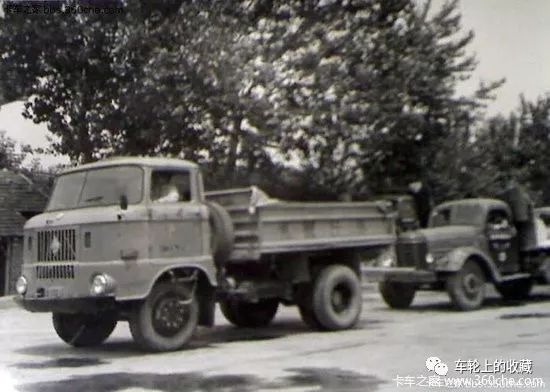
IFA W50
In 1965, the state-owned Yifa Automobile Factory began to produce the new IFA W50 series trucks. Many domestic truck friends are no strangers to this truck. I hope everyone will actively post and tell your stories. In fact, the life experience of this car is also confusing. Yifa W50 truck is actually the FWD (all-wheel drive) SU-COE 5-6 ton 4X4 general-purpose truck imitated by the United States in the former East Germany.
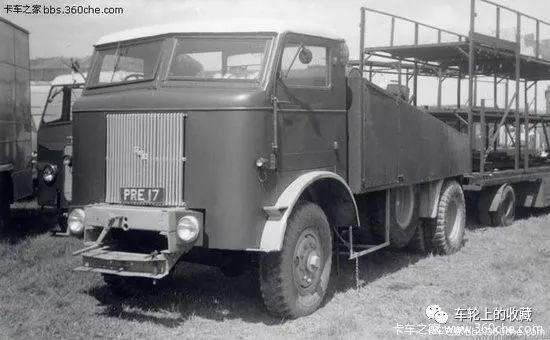
In the Second World War, according to the Lend-Lease Act among the allies, the United States began to provide SU-COE general-purpose trucks to the Soviet Union in 1944. Due to its excellent performance on the battlefield, the Soviet Union and Eastern European countries began to imitate this truck after the war. These imitation models served in the Soviet Army for 60 years and were exported to many third world countries. China also introduced a large number of imitation SU-COE Yifa trucks in the 1950s and 1960s. The GAZ 66 of the former Soviet Union also borrowed from the prototype design.
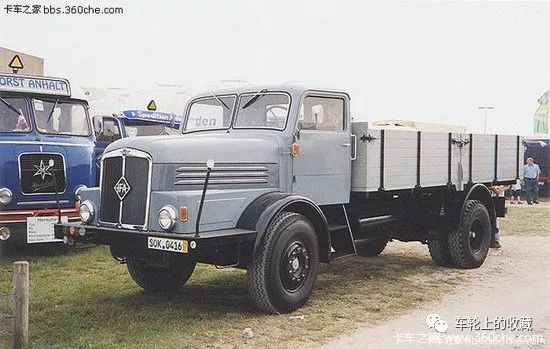
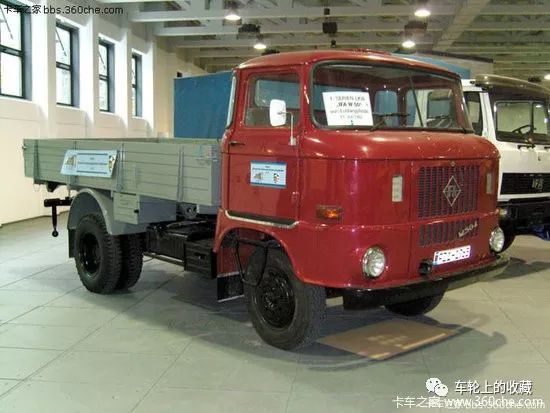

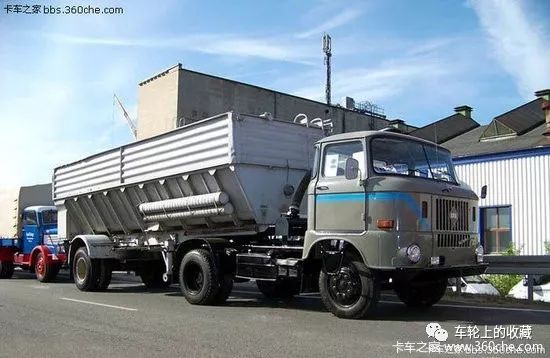
Wonderful pictures of IFA trucks
6. Poland
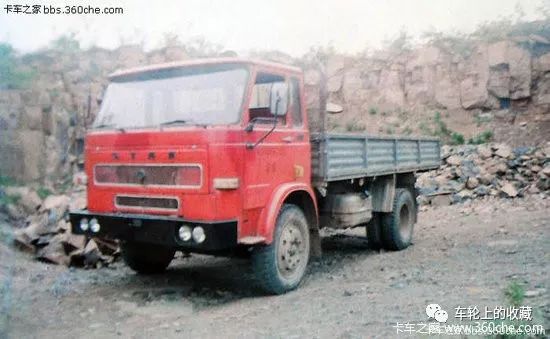
STAR 200
The Polish people suffered a lot in World War II, which also contributed to their national tenacity. In 1948, on the ruins of the former Nazi military factory after the war, the FSC STAR (Polish Star) state-owned truck manufacturing plant was established, referring to Italian Fiat products, and produced the first model STAR 20. At present, Poland Star has been acquired by MAN and has become a subsidiary of MAN Germany. It is a pity that its famous brand “STAR” is no longer used.
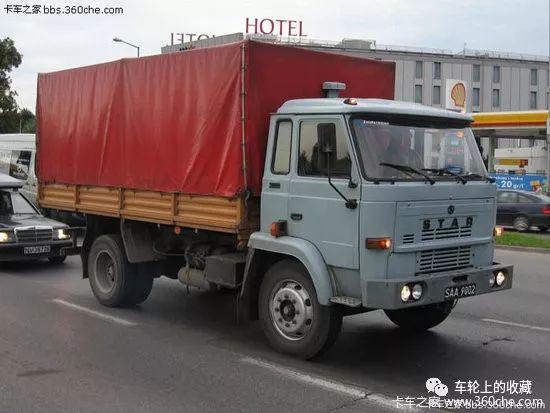
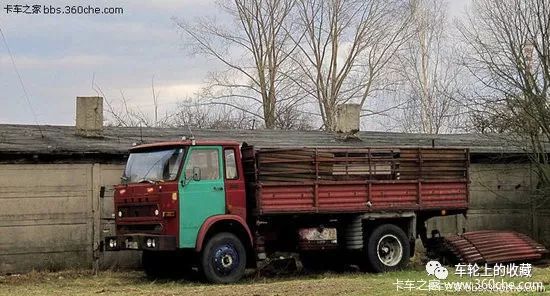
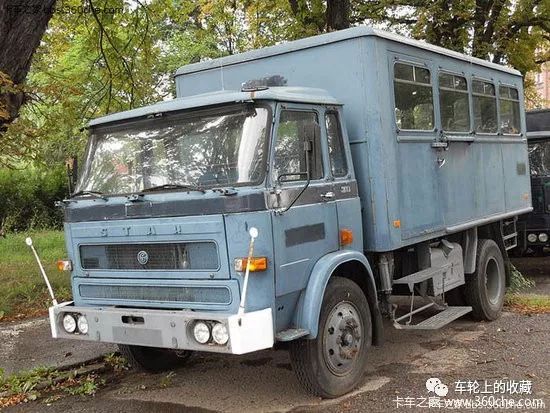
STAR 200
In the late 1970s, my country began to import STAR 200 trucks in small batches. In 1964, Poland’s FSC company began to design the new STAR 200 truck. The cab uses panoramic glass to provide a good line of sight for driving, adjustable breathable fabric seats, heating and ventilation devices in the car, and sound insulation and sealing of the cab. Carefully designed. The STAR 200 cab was also exported to Hungary, and the cab of the RABA (Raba) truck came from Polish Star.
The STAR 200 is equipped with a 6-cylinder S359 150-horsepower diesel engine, a 5-speed full-synchronous transmission, hydraulic brakes (air push oil), a rated load of 6,000 kg, and is allowed to tow a trailer with a total mass of 8,500 kg. Fuel consumption per 100 kilometers with full load is 19 liters. Its excellent fuel consumption performance and carrying capacity have won a good reputation among the first batch of individual truck operators in China, and it has become a good car for making a fortune.
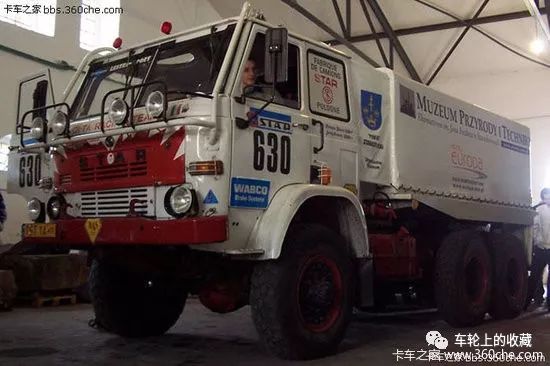
STAR 266
On the basis of STAR200, my country once imported the 6X6 off-road model STAR 266, which has performed well in fields such as oil exploration and forest fire protection.
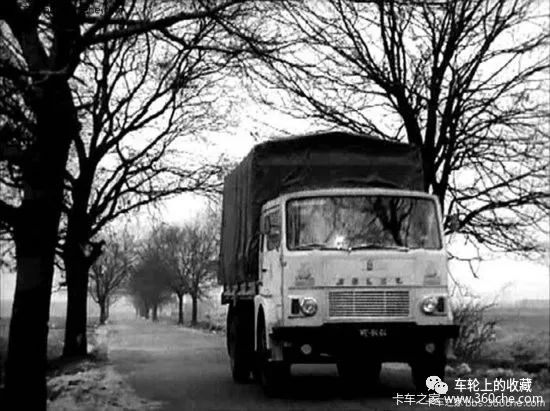
JELCZ (Jelci)
In 1952, Poland rebuilt the armament factory left behind during the German occupation of World War II, rebuilt the state-owned JELCZ (Jelchi) automobile factory, and began to produce trucks and buses. In order to meet the requirements of production and construction for large-tonnage trucks, the basic design requirements of Yeerqi trucks are that the rated load capacity is 8,000 kg, diesel engines are used, and the existing domestic materials and technologies at that time are required to be used as much as possible.
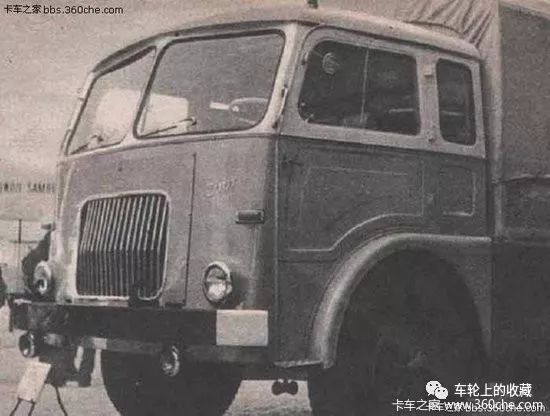
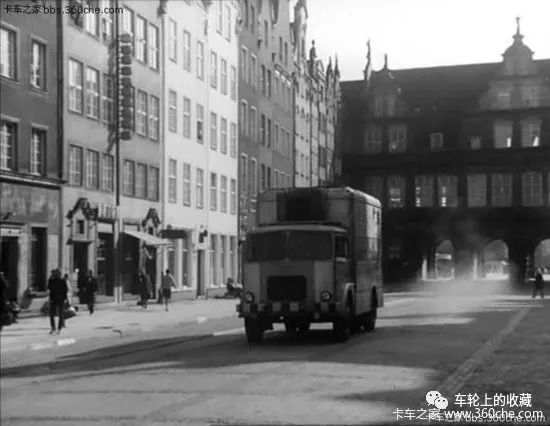
In 1955, Yelchi’s early Benniu A80 truck was tested for the first round. Its performance was not perfect. It was equipped with an S-56 6-cylinder 9-liter 140-horsepower diesel engine. Due to the height limit of the cab, the engine was placed at an angle of 30 degrees. , causing difficulties in later maintenance; 5-speed overdrive transmission with synchronizer, double-stage reduction rear axle, speed ratio 8.05. The appearance is similar to the British Leyland and Italian Fiat trucks of the same period. The later engine was partially improved, reaching 180 horsepower, and mass production began in 1959.
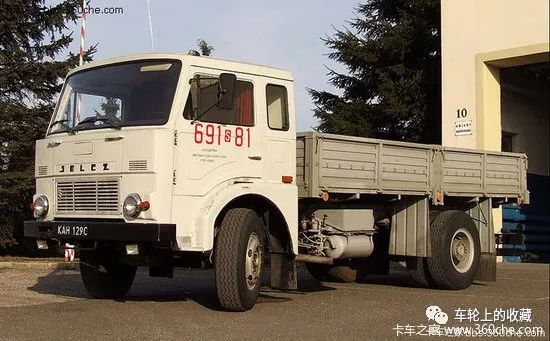
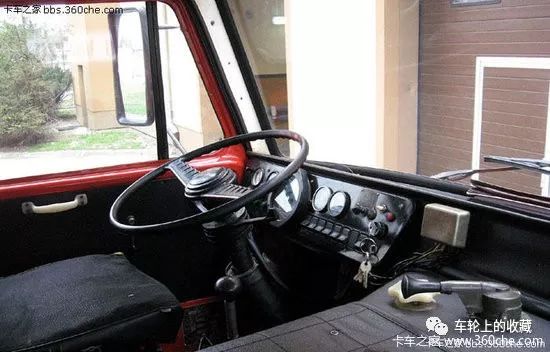
In 1968, the Yeerqi Automobile Factory began to be updated, and the new generation of JELCZ (Yerqi) 300 series trucks began mass production, introducing the engine technology of the British Leyland Company, 6-cylinder 11-liter 200-horsepower turbocharged engine, equipped with 5-speed transmission (with synchronizer), new wheel-side reduction axle (same as Hungarian Laba truck at the same time), hydraulic power steering, dual-circuit air brake system, more comfortable cab, heating system, and enhanced sound insulation. The rated load capacity is 8,000 kg, the fuel consumption per 100 kilometers is 28 liters, and the top speed is 87 km/h. Configure 11.00-20 tires.
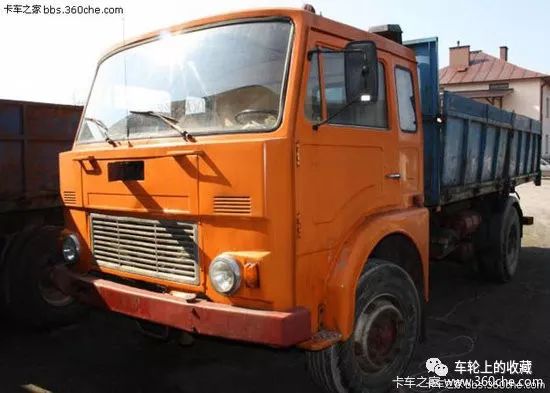
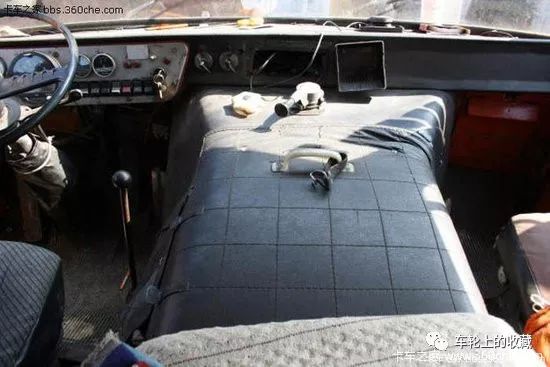
Yeerqi 315/325 At the same time, my country began to import small batches, and its performance and reliability were much higher than that of the only domestic Yellow River 150 at that time, and it has been in domestic service for more than 30 years. It was not until the era of domestic Steyr that it gradually faded out of people’s sight.
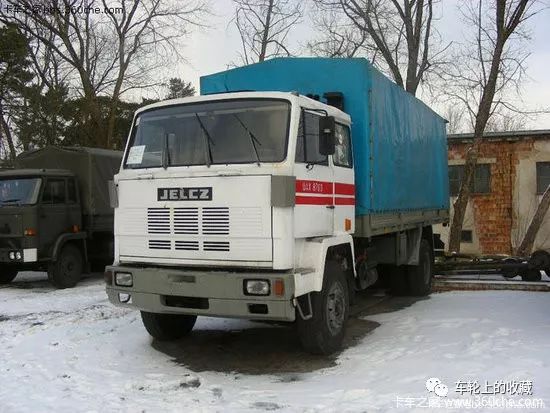
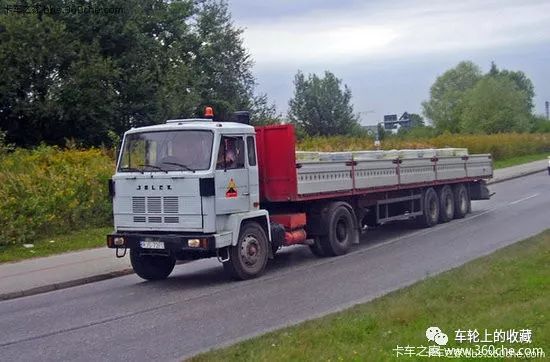
JELCZ (Yelch) late model 415/417
7. Former Czech Republic and Slovakia
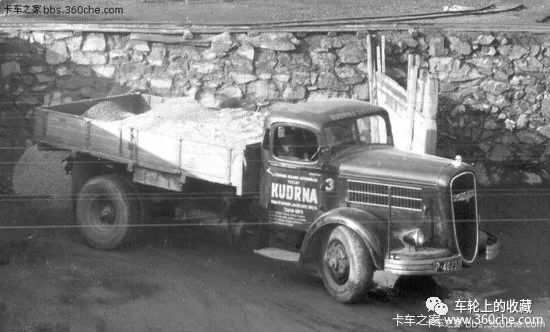
Skoda 606
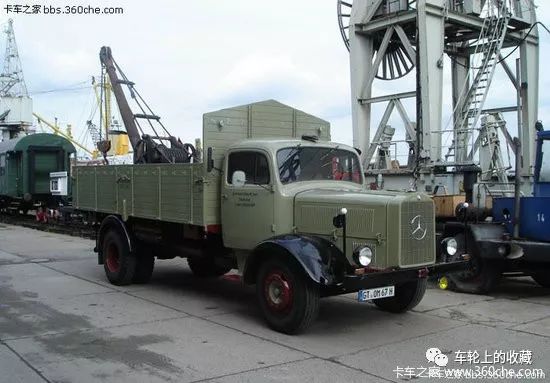
The Czech Republic and Slovakia were occupied by Germany during World War II and were forced to produce military equipment. In 1930, the Czech factory began to produce Skoda (Skoda) 606 trucks. During the war, resources were prioritized to meet military needs, and the factory was forced to start producing military products. In a certain period, Czech trucks were more obviously influenced by Germany, and their models had the same appearance as the Mercedes-Benz L series models of the same period.
From 1939 to 1943, in the late period of World War II, Skoda (Skoda) began to develop the new 706 truck and basically completed it. In 1945, the factory was bombed, but a few spare parts and equipment were preserved. In 1951, the Czech government established a new Skoda (Skoda) state-owned automobile factory. In 1953, the truck department was divided into LIAZ (Liaz) truck factory, but its trademark still used Skoda. It was not until 1984 that the LIAZ Skoda trademark was discontinued.
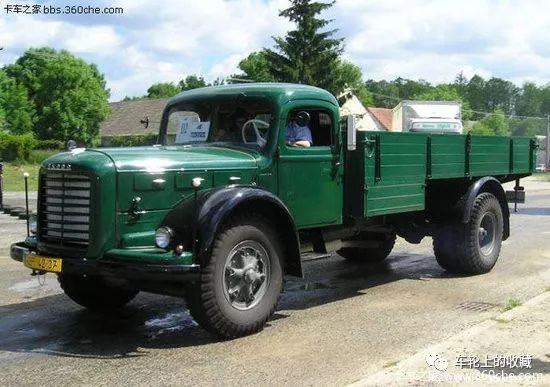
In 1945, the 706 R truck began to be produced. It was equipped with a 6-cylinder 11-liter 135-horsepower engine, with a rated load of 7,000 kg. The cab was a typical long-head design. my country imported it in small batches in the 1950s. The chassis was successfully trial-produced as a bus.
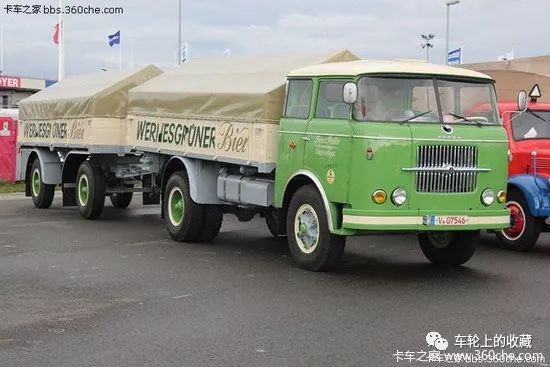
In 1958, the 706 RT truck began to be produced. This model has also become one of LIZA’s most successful models. It is equipped with a 6-cylinder 11-liter 160-horsepower direct-injection diesel engine and a flat cab. my country’s Jinan Automobile Factory completely imitated this model, which is the well-known Yellow River JN150 truck, making up for the history of no heavy trucks in our country.
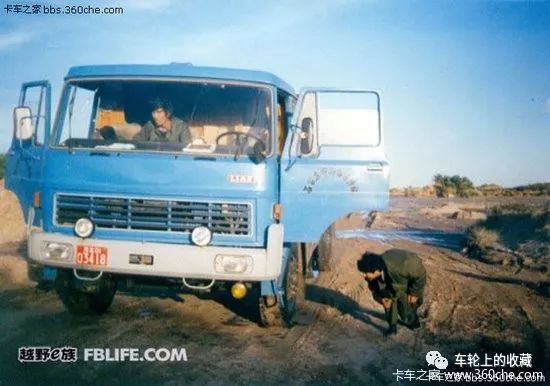
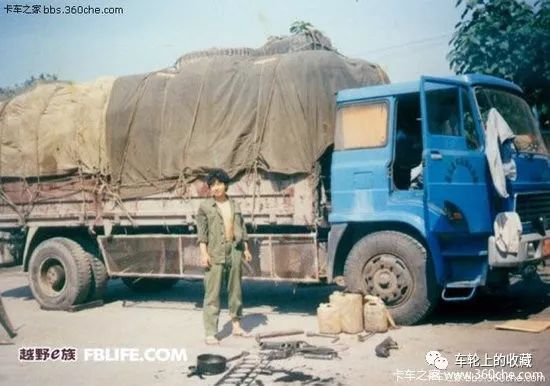
LIAZ 100 110, my country imported a large number of them in the late 1970s. In the off-road E-family forum “Tears of Heaven”, the moderator once drove this car to and from Tibet and Shijiazhuang, and hereby pays tribute to the predecessors.
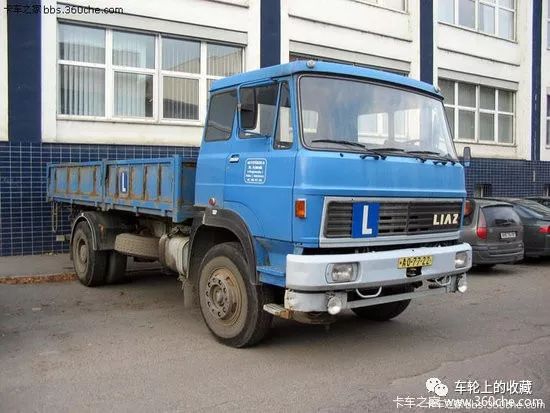
LIAZ 110
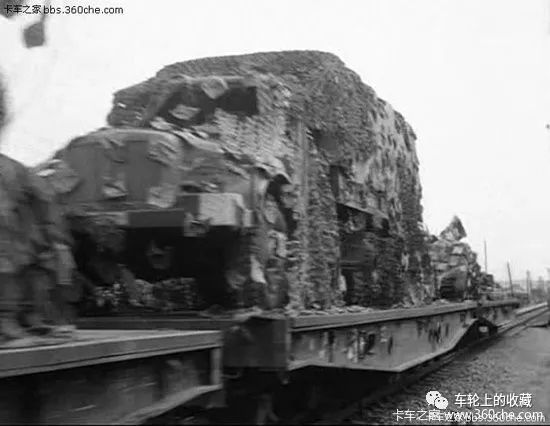
TATRA (too drag) T111/T138
TATRA (Too Tractor) is one of the earliest three major automobile manufacturers in the world, ranking second only to the ones we know well, Germany’s Daimler and France’s Peugeot. Founded in 1890, the company manufactures wagons and carriages. In 1897, the first car was produced in central Europe. The TATRA trademark was used in 1919, and its name comes from the TATRA mountain range in Slovenia. During World War II, when Germany occupied the Czech Republic, TATRA once produced tank engines and military trucks for the Nazis.
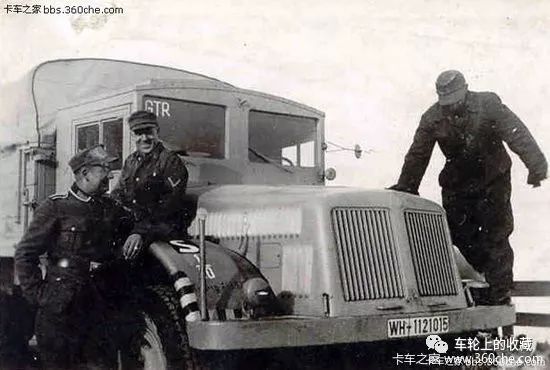
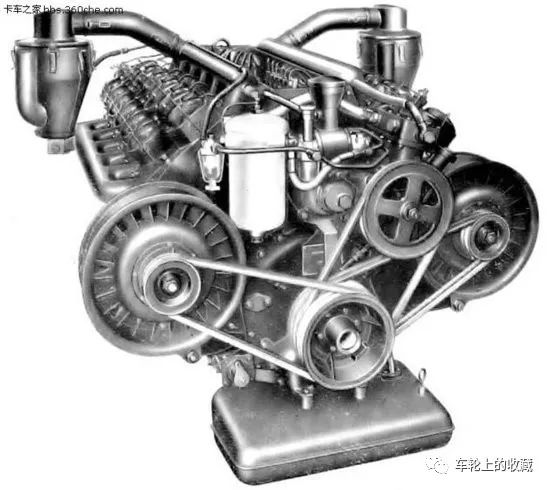
In 1942, the design of TATRA T111 6X6 off-road truck was completed. Due to the end of World War II and the severe shortage of steel and non-ferrous metals, the T111 trucks used by the German army used a large number of wooden cabs and compartments, which was unique at the time. But even in such a harsh environment, the reliability of the vehicle remains at a very high level. Its V12-cylinder air-cooled engine was also the prototype of the Tiger tank’s V18 diesel engine.
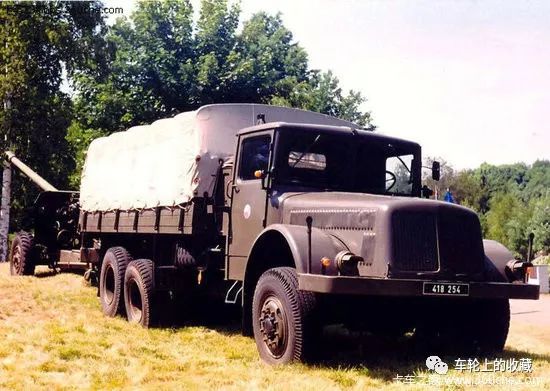
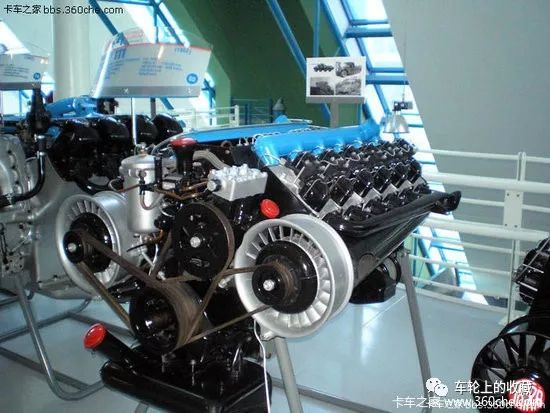
The power of the originally designed V12-cylinder 15-liter air-cooled engine reaches 210-230 horsepower (2250 rpm), and the T111 truck has a load weight of 6500-8000 kg. To meet the special requirements of the German army on the Eastern Front, the vehicle has higher reliability and overload capability. After the end of World War II, the civilian model reduced the power and speed of the engine, and the engine was adjusted to 180 horsepower (1800 rpm), which made it have a longer life and a load capacity of 10,000 kg.

In the early days of the founding of the People’s Republic of my country, TATRA T111 trucks were imported in small batches. Its central tubular chassis and semi-floating swing axle have super off-road capabilities. Hebei Changzheng Automobile Factory once imitated this truck. So far, this car is still the object sought after by many car enthusiasts. This famous classic model of the last century has a profound influence on modern truck design.

In 1952, TATRA began to develop a new generation of heavy-duty trucks to replace the T111 trucks. In 1956 the T138 truck made its debut at the former Czech and Slovak Machinery Fair.
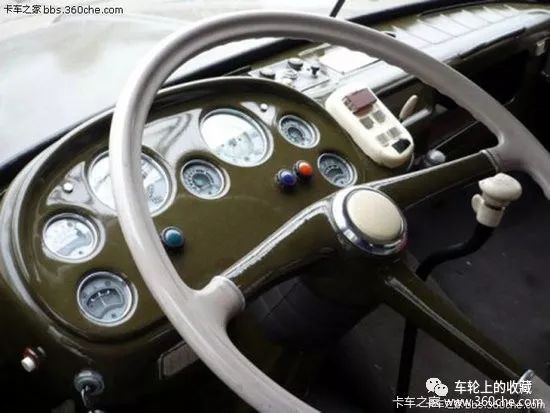
The T138 truck is equipped with a V-shaped 8-cylinder 12-liter 180-horsepower air-cooled engine with an aluminum alloy cylinder head. The hydraulic power steering system, gas power clutch and shift mechanism are installed, which makes the operation more convenient and has lower fuel economy. The rated load capacity is 10000 kg. my country also imported T138 trucks. Under the harsh road environment at that time, T138 trucks played an important role and made outstanding contributions to the construction of the national economy.
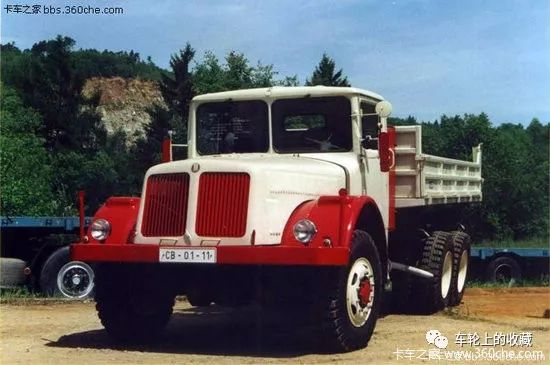
T111
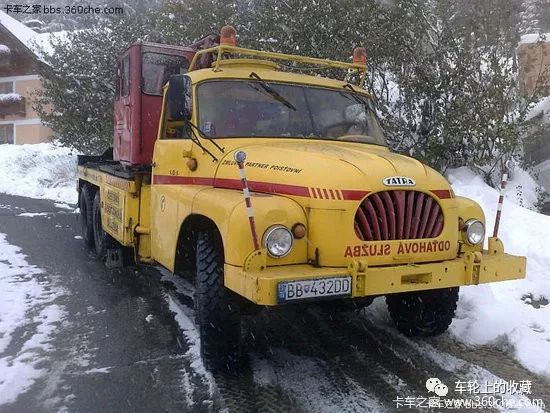
T138Z
8. Western Europe
Around 1970, France (1964), Italy (1970), and the Federal Republic of Germany (1972) successively established diplomatic relations with my country, and the economic and trade exchanges between the two countries became more frequent. Some relatively rare models began to appear in China, such as Berliet (Berliet) in France, FIAT (Fiat) in Italy, and BENZ (Mercedes-Benz) in Germany.
After the end of World War II, European countries began large-scale post-war reconstruction, and the early industrial base enabled their economies to grow rapidly. After the 1970s, the industrial and manufacturing base of Western European countries has far exceeded that of Eastern European countries, and their products are exported all over the world. At that time, most of our trade with these countries was “barter”, and the amount of imports was much smaller than that of Eastern European countries. So people who lived through that era are even more impressed with these trucks because they are so rare.
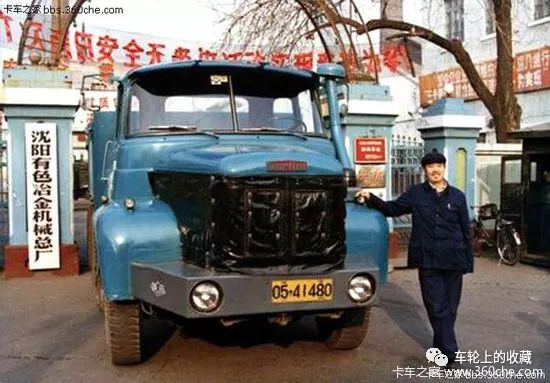
Berliet, France
In 1893, Marius Bellier founded the Bellier company, purchased a simple workshop and equipment in Lyon, and began to produce small cars. l906 produced the first truck. Bellier was originally one of the three major truck companies in France (Belier, Savim and Unic), and now it belongs to the French Renault (Renault).
During World War II, Bellier produced 6,000 wood-burning gas generator military vehicles and 18,000 pieces of equipment. During the war, Bellier provided weapons and equipment to the German occupation forces. In 1944, the French authorities arrested Bellier and the company was nationalized.
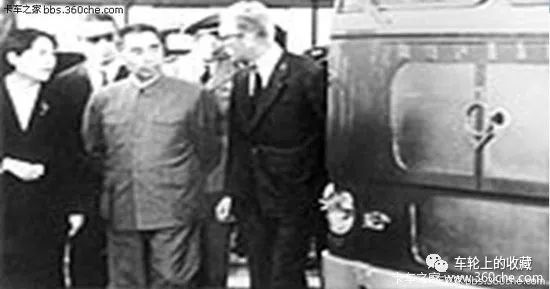
In 1959, Berliet trucks were transshipped to China via Morocco. In 1963, when Premier Zhou visited Algeria and Morocco, he visited Berliet’s local assembly plant, intending to introduce and manufacture this kind of truck.
In 1964, my country and France formally established diplomatic relations. In August 1964, the First Ministry of Machinery came up with “opinions on the introduction of the technology of four models including the French Bellier GBU15, GLM, T25, and TCO.” At the beginning of October, the State Council decided to transform Yibin High Voltage Electrical Appliance Factory into Yibin Heavy Vehicle Manufacturing Factory. According to the design expectation, the factory will receive Bellier’s automobile technology, and the annual designed production capacity will be 400 GCH models, 50 T25 models, and 200 GLM models. 400 10-ton dump trucks (developed on the basis of the GLM model).
On June 3, 1965, after China and France reached an agreement on the introduction of technology, they signed the “Contract on the Transfer of Technology Patents for Four Models of Bellier Heavy Vehicles between China National Automobile Industry Corporation and French Bellier Automobile Company”. According to this contract, French Bellier Automobile Company will transfer related technologies of four basic models including GBU15, GLM, T25 and TBO and three matching engines to the Chinese party. The contract value is USD 8.5 million.
At the same time, Bellier Automobile Company came forward to help China import the machine tool equipment needed to build the production line of Bellier Automobile from six Western European countries. ). In this way, in order to build the Sichuan Automobile Plant, excluding the budget for infrastructure construction, the introduction of technology and production equipment alone cost 14.6 million US dollars.
There are four types of domestic production:
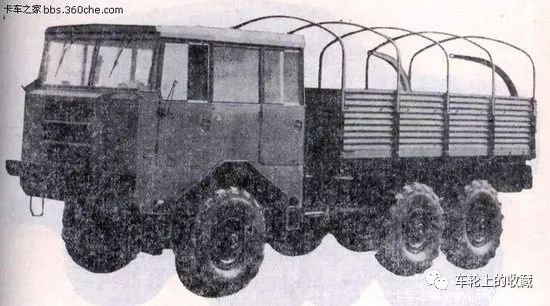
GBU15 (GCH)
GBU15 (GCH) At that time, among the four models imported by my country, the GBU15 model was the GCH model produced by the Belier Morocco factory. This car has a typical European continental heavy-duty off-road vehicle style. It adopts the more popular multi-fuel engine in that era, with strong horsepower and large output torque. It adopts stamping and welding heavy-duty axles, which has strong off-road capability and wading ability, and adopts infrared anti-aircraft lights with better protection performance and other designs. The vehicle is the main equipment of the French Army and is sold all over the world.
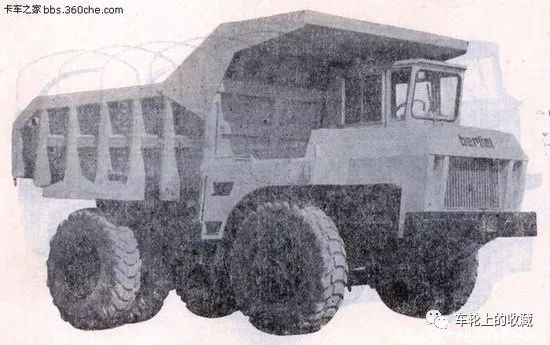
T25
The T25 model is a heavy-duty dump truck for infrastructure and mine development.
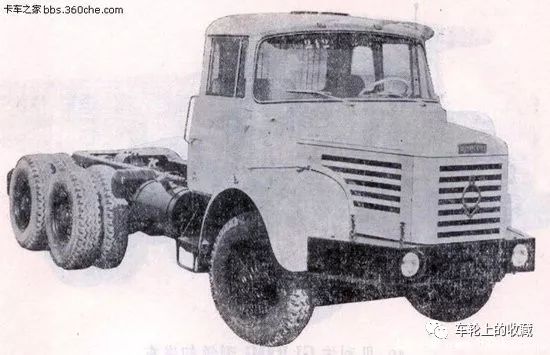
GLM
The GLM model is a 12-ton truck for civilian use.
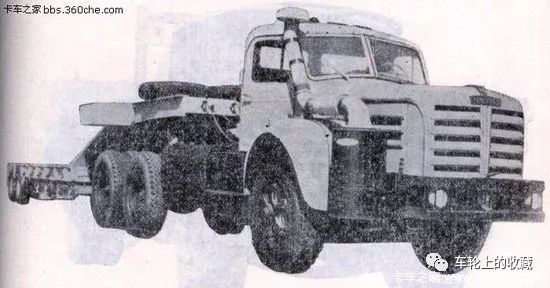
TBO
The TBO model is a saddle tractor that belongs to the transportation and towing of large equipment.
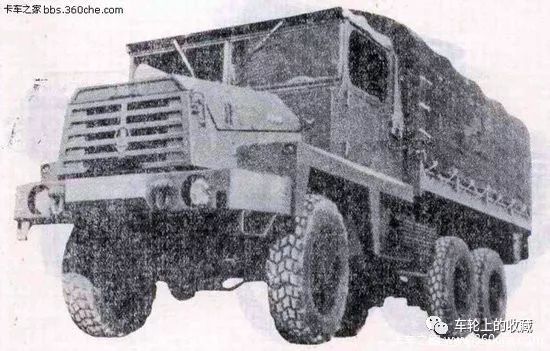
GBC (not introduced)
When our country introduced the French Bellier automobile technology in the 1960s, it did not introduce the Bellier GBC8MT model technology! The “Dongfanghong 665” heavy-duty off-road vehicle of the First Tractor Factory was imitated by reverse surveying and mapping of the Bellier GBC8MT model.
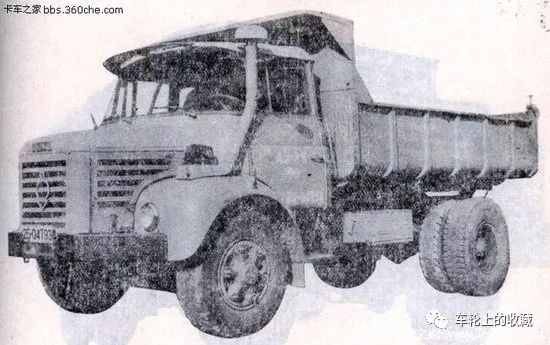
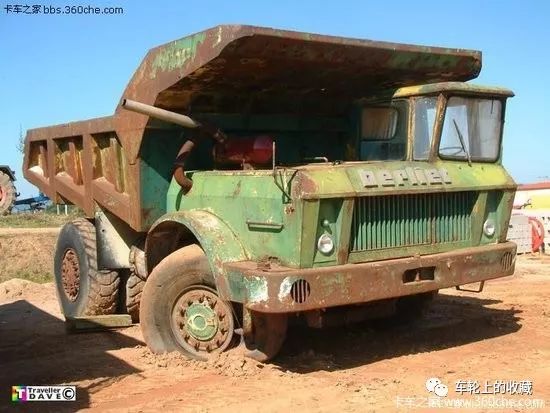
At that time, our country had just passed the “three-year difficult period”. From the summer of 1964 when our country began to inspect Bellier heavy vehicles, it took only one year for the two parties to sign a technology introduction contract. The high work efficiency makes people all sincerely sigh. This shows how resolute the People’s Republic is in developing the heavy-duty automobile industry! Here, I would like to pay tribute to the older generation of national leaders who have devoted a lot of effort to my country’s auto industry. It is distressing that the technology exchanged for the limited foreign exchange of the treasury at that time did not play its due role due to historical reasons.
A classic doesn’t fade away over time, it takes on a richer flavor, like these trucks. It is not just some memories, but also a witness of an era. Recalling the classics and looking forward to the Ming Dynasty, although the domestic truck industry is developing rapidly, there are always some foreign friends. China Truck is still growing, and I am looking forward to the day when it becomes independent.
Source of pictures and texts: Public Account: Collection on Wheels.




